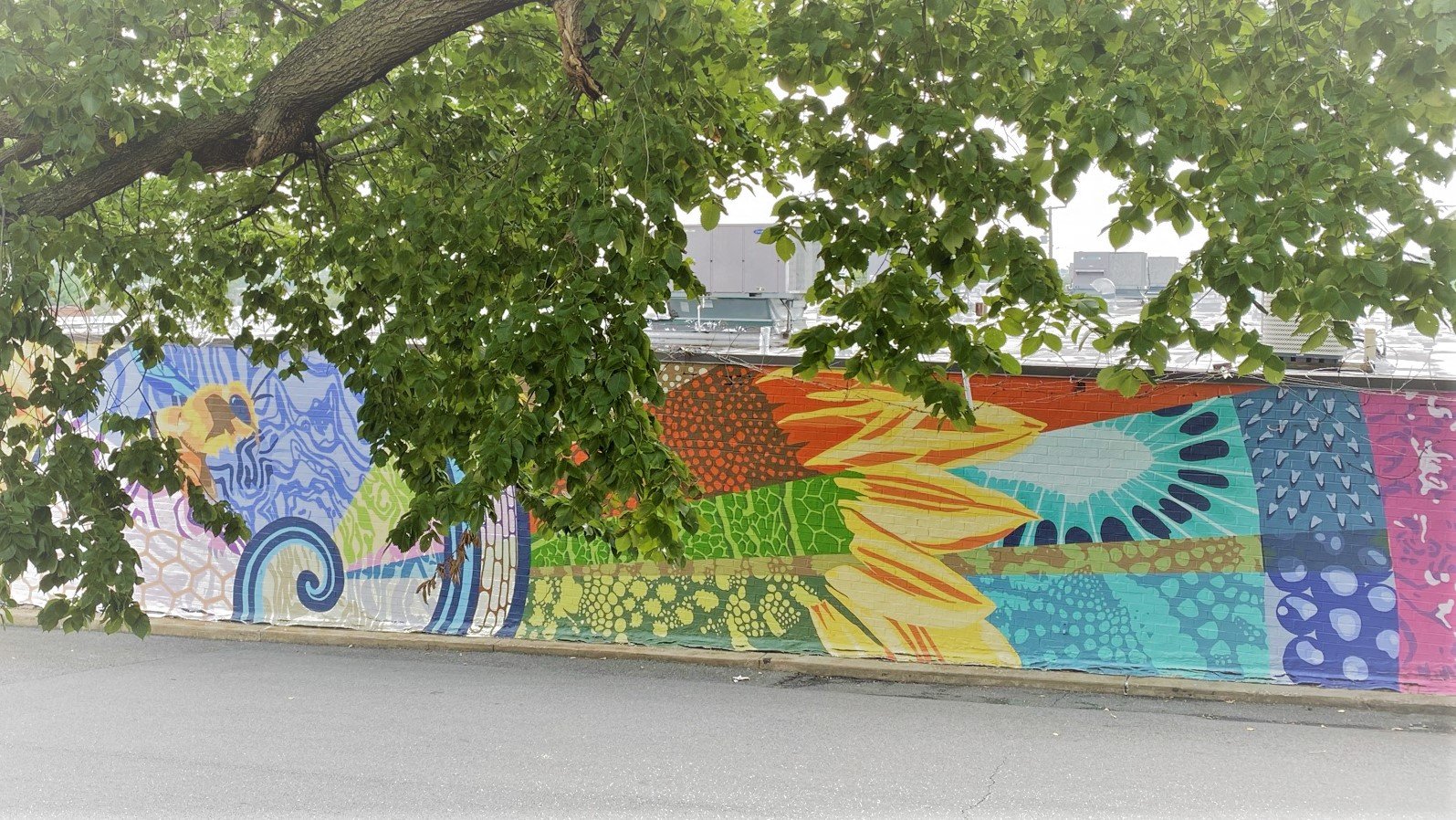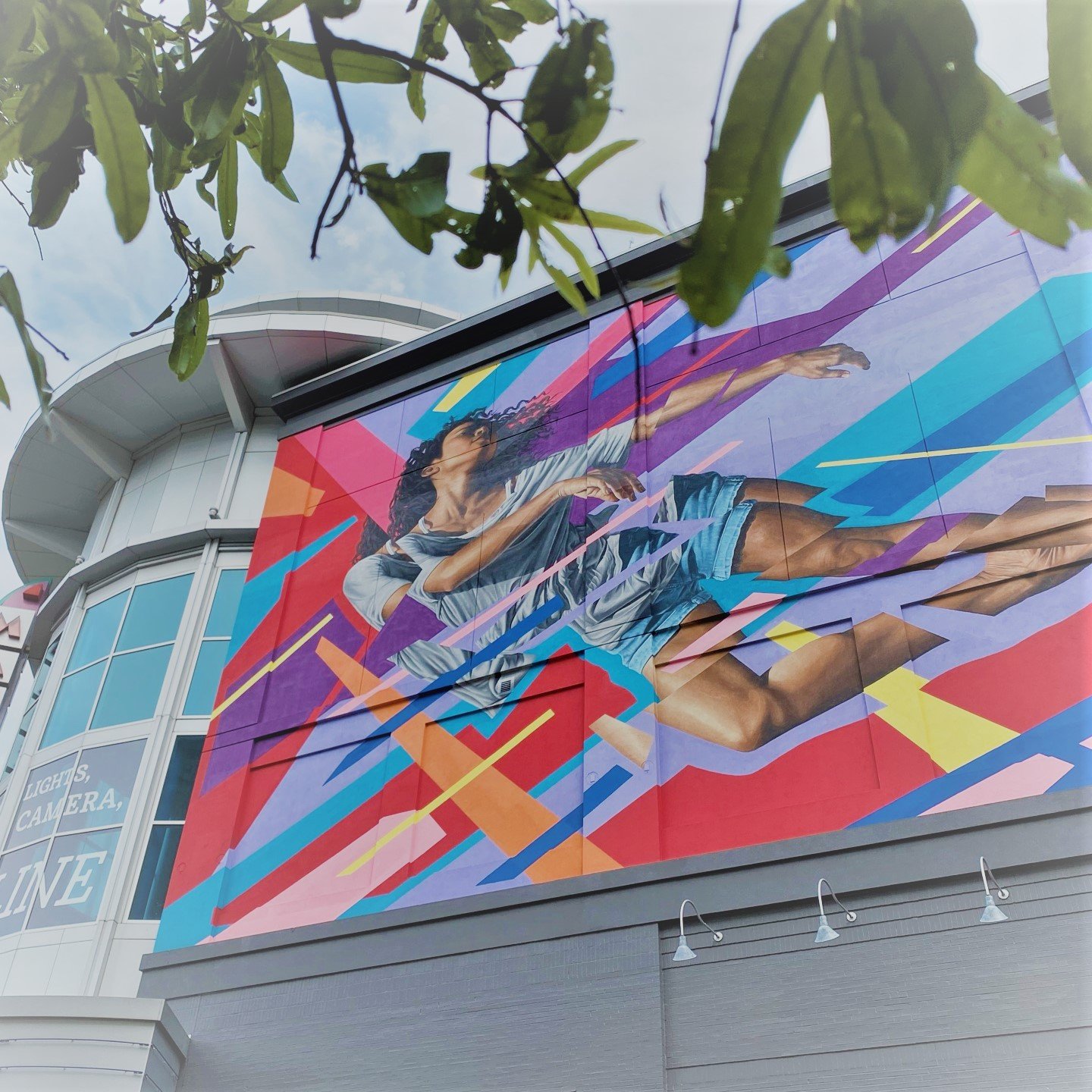I want to begin this introduction with this quiz.
What do they want?
Quiz 1: Which of the following describes the situation
This person likes how a quarter-inch drill looks, so he buys a quarter-inch drill bit.
This person wants to drill a quarter-inch hole.
That quiz was inspired by Harvard professor Theodore Levit's famous quote, and the answer is :
"People don't want to buy a quarter-inch drill bit. They want a quarter-inch hole."
Quiz 2: Which of the following describes the image below?
People want to install this artwork, so they build a blank wall.
People don't want a blank wall, so they paint over it.
Idea and ideology behind art murals
Continuing on quiz two, which phenomenon can you observe from the photos below?
People in that neighborhood love art and large paintings, so they have art murals everywhere.
That neighborhood has many undeveloped vacant lots, so people want to paint over to cover blank walls.
Paint is the cheapest material to beautify a facade, so people use that as a temporary solution to hide deteriorated building surfaces.
As a result, these overwhelmed color walls might all foster community and bring the area additional revenue. However, if your answer is the first one, then there is no "problem" in that neighborhood. If your answer is the second one, you might develop a plan to attract more investors in that area. If your answer is the last one, you might want to help residents get additional funding to fix their houses and facilities.
Why do we choose "creative"
Many other methods and techniques in development can improve an area’s livability, reduce displacement risk, or help underserving communities. But why has creative placemaking been highlighted as a revitalization and engagement tool in the neighborhoods?
It is effortless to find common ground: every community has its unique history and culture. It is easy to find an everyday activity to "gather."
It does not require high capital: arts and culture activities have the lowest threshold for entering the "development" game. Using other means, such as changing policy, building infrastructure, or providing transportation, requires more time and capital investment.
It is easy to integrate: no matter the dominant industry or specific location, art and culture are easily integrated into the local program and resonate within.
A quote from ArtPlace America can summarize why we need creative placemaking the best:
"... it's not necessarily focused on making places more creative; it is about creatively addressing challenges and opportunities..."
Notes and references:
If you are interested in knowing more, there are some videos that can help you dive deeper understanding of what creative placemaking is
Creative Placemaking by Blair Williams, TEDx Coeur d'Alene, accessed 5.18.2022
Why Creative Placemaking, Kresge Foundation, accessed 5.18.2022






